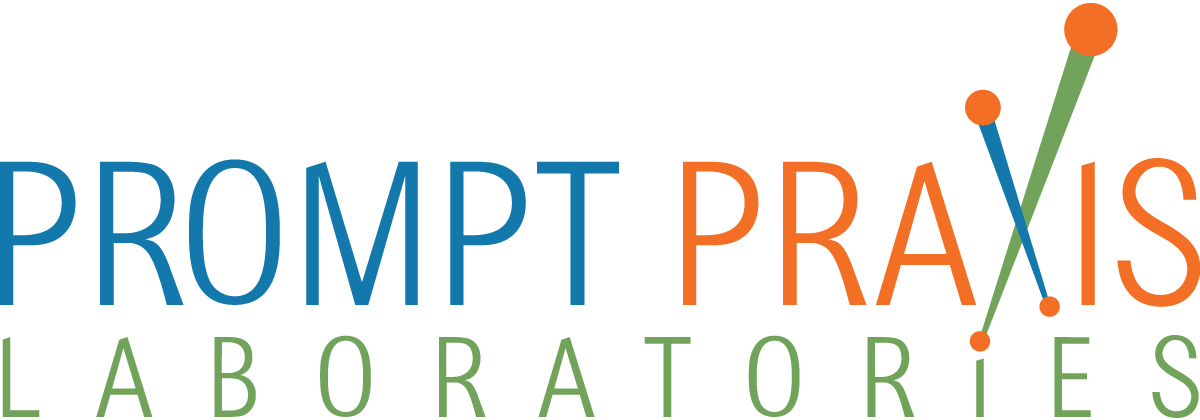Table of Contents
Drug diversion testing is a crucial aspect of healthcare that ensures patient safety and the proper use of controlled substances. Drug diversion refers to the illegal transfer of prescription drugs from the legal supply chain to the illegal market. This illegal activity can occur in various ways, including theft, forgery, illicit prescribing, illegal sales, and patients’ own medicine cabinets.
Healthcare providers who engage in drug diversion put patients at risk of healthcare-associated infections. Drug diversion can lead to the improper use of controlled substances, which can cause harm to patients and negatively impact their health outcomes. For this reason, drug diversion testing is necessary to detect and prevent drug diversion in healthcare settings.
Drug diversion testing involves monitoring and analyzing controlled substances to ensure that they are being used appropriately and not being diverted for illegal purposes. This testing can involve various methods, including urine drug testing, medication counts, and pill counts. By implementing drug diversion testing, healthcare providers can ensure that their patients receive the proper care and treatment they need while minimizing the risk of drug diversion and associated patient harm.
Understanding Drug Diversion
Drug diversion is a serious issue that poses significant health and safety risks. It is the transfer of prescription drugs from a legal supply chain to an illegal channel of distribution or use. Diversion can occur through a variety of channels, including doctor shopping, theft, forgery, illicit prescribing, illegal sales, counterfeiting, and patients’ own medicine cabinets.
Patterns and Consequences of Diversion
The patterns of drug diversion vary depending on the type of drug, the setting, and the individuals involved. Controlled drugs, such as opioids, stimulants, and sedatives, are the most commonly diverted drugs. Healthcare workers, patients, and family members are among the most common individuals involved in drug diversion.
Drug diversion has serious consequences, including death, overdose, and the spread of infectious diseases. It also undermines the integrity of the healthcare system, increases healthcare costs, and compromises patient safety.
Regulatory Framework and Federal Law
Drug diversion is regulated by federal and state laws. The Controlled Substances Act (CSA) is the primary federal law that regulates the manufacture, distribution, and dispensing of controlled substances. The CSA requires that all individuals and entities involved in the handling of controlled substances be registered with the Drug Enforcement Administration (DEA).
In addition to the CSA, there are other federal laws that address drug diversion, such as the False Claims Act, the Anti-Kickback Statute, and the Stark Law. These laws prohibit healthcare providers from engaging in fraudulent activities, such as billing for services that were not provided or accepting kickbacks for prescribing certain drugs.
Overall, understanding drug diversion is critical for ensuring patient safety and preventing the spread of controlled substances. Healthcare providers, patients, and family members must work together to identify and report drug diversion activities. By doing so, they can help protect themselves and others from the serious consequences of drug diversion.
Prevention and Detection Strategies
Preventing and detecting drug diversion is critical to maintaining a safe healthcare environment. Institutions must have policies and procedures in place to prevent, detect, and respond to diversion, and these policies and procedures must be followed consistently. In this section, we will discuss the key strategies for preventing and detecting drug diversion.
Diversion Prevention Programs
Diversion prevention programs are an essential component of any drug diversion prevention plan. These programs must be highly sophisticated, drawing from the knowledge bases of behavioral and biologic sciences, information technology, law enforcement, pharmacy sciences, credentialing and licensure experts, and industry loss-prevention sciences. These programs should include regular audits and assessments of the institution’s drug-handling processes to identify potential diversion risks.
Technology and Monitoring Systems
Technology and monitoring systems play a crucial role in preventing and detecting drug diversion. Automated dispensing cabinets, electronic health records, and medication tracking systems can help institutions track and monitor medication usage, identify discrepancies, and prevent diversion. These systems can also help identify patterns of medication usage that may indicate diversion and trigger further investigations.
Best Practices and ASHP Guidelines
The American Society of Health-System Pharmacists (ASHP) has developed guidelines for preventing the diversion of controlled substances. These guidelines offer a structured approach for organizations to develop and implement drug diversion prevention efforts. The strategies submitted focus on foundational, organizational, and individual prevention actions that target risk points across the medication-use process. Institutions should follow these guidelines to develop and implement effective drug diversion prevention programs.
In addition to following the ASHP guidelines, institutions should also implement best practices for preventing and detecting drug diversion. These best practices include:
- Implementing strong medication security measures, such as restricted access to medication storage areas and secure medication transport procedures.
- Conducting regular staff training on drug diversion prevention and detection.
- Establishing a culture of accountability and reporting, where staff members are encouraged to report any suspected diversion.
- Conducting regular audits and assessments of the institution’s drug-handling processes to identify potential diversion risks.
By implementing these prevention and detection strategies, institutions can create a safe and secure healthcare environment for patients and staff members alike.
Managing Drug Diversion Incidents
Drug diversion incidents can have serious consequences for both patients and healthcare facilities. It is important for healthcare facilities to have a plan in place to manage these incidents. The following subsections outline the key steps in managing drug diversion incidents.
Response and Reporting
The first step in managing a drug diversion incident is to respond quickly and report the incident to the appropriate authorities. Healthcare facilities should have a clear policy in place for reporting drug diversion incidents. This policy should outline who to contact in the event of an incident, how to secure the area, and how to preserve evidence.
Investigation and Legal Liability
Once an incident has been reported, healthcare facilities should conduct a thorough investigation to determine the extent of the drug diversion and identify any individuals involved. This investigation should be conducted in accordance with legal requirements and should consider liability risks. Healthcare facilities may also want to seek legal advice to ensure that their investigation is conducted appropriately.
Follow-Up Care and Rehabilitation
Once the investigation has been completed, healthcare facilities should provide follow-up care and rehabilitation to affected patients and staff. This may include substance abuse programs for staff members who have been involved in drug diversion incidents, as well as support for affected patients.
In conclusion, drug diversion incidents can have serious consequences for both patients and healthcare facilities. It is important for healthcare facilities to have a plan in place to manage these incidents, including a clear policy for reporting incidents, a thorough investigation process, and appropriate follow-up care and rehabilitation for affected patients and staff.
Frequently Asked Questions
How is drug diversion monitored within healthcare facilities?
Drug diversion is monitored within healthcare facilities through various methods, including medication tracking, audits, and surveillance. Healthcare providers are required to keep accurate records of medication dispensing, and these records are often audited to identify discrepancies or unusual patterns that may indicate diversion. Additionally, surveillance systems can be used to monitor high-risk areas, such as medication storage rooms, to detect suspicious activity.
What are the legal consequences of diverting prescription medications?
Diverting prescription medications is a criminal offense that can result in serious legal consequences. Healthcare professionals who divert medications may face criminal charges, loss of their professional license, and civil liability for any harm caused to patients. Patients who are caught diverting medications may also face criminal charges and legal consequences.
Which preventive measures are effective against drug diversion in pharmacies?
There are several preventive measures that can be taken to reduce the risk of drug diversion in pharmacies. These include implementing strict medication handling and dispensing policies, providing education and training to staff on the risks of drug diversion, conducting regular audits and medication inventories, and implementing surveillance systems to monitor high-risk areas.
What are the signs of drug diversion among healthcare professionals?
Signs of drug diversion among healthcare professionals may include frequent medication errors, unusual behavior or mood changes, unexplained absences or tardiness, and unexplained financial problems. Healthcare professionals who are diverting medications may also exhibit signs of drug abuse, such as dilated pupils, slurred speech, or impaired coordination.
How do drug diversion control policies impact patient care?
Drug diversion control policies can have a significant impact on patient care. By reducing the risk of diversion, these policies help ensure that patients receive the medications they need in a timely and safe manner. However, strict policies may also create additional administrative burdens and may limit access to medications for patients who need them.
What role does technology play in preventing and detecting drug diversion?
Technology plays an important role in preventing and detecting drug diversion. Electronic medication dispensing systems can help ensure that medications are dispensed accurately and can provide a record of who accessed the medication. Additionally, surveillance systems can be integrated with medication dispensing systems to detect unusual activity in real-time. Data analytics and machine learning algorithms can also be used to identify patterns of diversion and flag suspicious activity.






